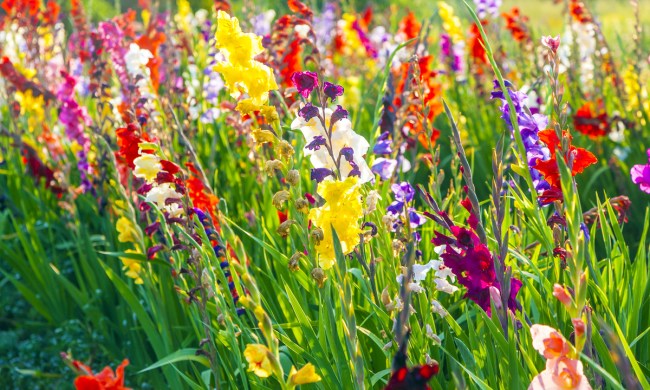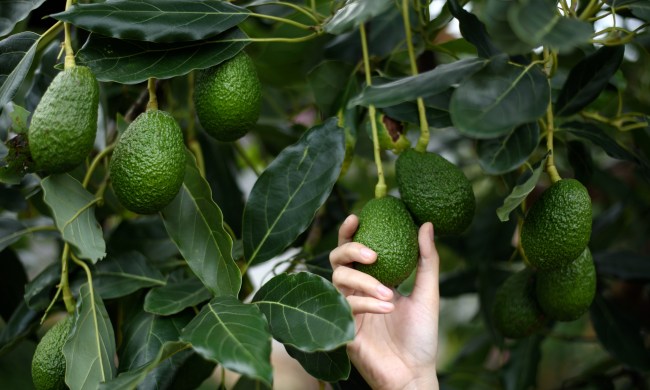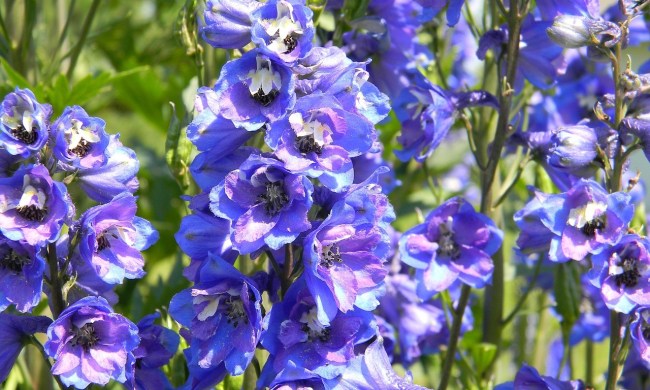Growing your own fresh fruit is a fun way to increase the amount of tasty, healthy snacks in your home. There are tons of delicious fruits you can grow, from classic blueberries to the more unusual strawberry tree. Dragon fruit is one fruit you might not have considered growing at home. These unique-looking tropical fruits are delightful, but are they easy to grow? They’re tricky, but not impossible! If you want a steady supply of fresh dragon fruit, here’s everything you need to know about planting and caring for dragon fruit plants.
Planting dragon fruit plants

The best time to start planting dragon fruit plants is in early to mid-spring. While you can plant them later, they won’t have as much time to grow during the year. If you plan on starting with seeds or a small sapling, you can start your dragon fruit plants indoors during the winter and transplant them in the spring to speed things up.
Choose a planting location with rich, well-draining soil. Dragon fruit plants do not enjoy swampy or soggy soil, but they do need plenty of water, so avoid planting them in soil that drains overly quickly or slowly. Amending the soil with compost or leaf mulch before planting is a good idea, as dragon fruit plants need plenty of nutrients to grow.
Additionally, your dragon fruit plant should be planted in full sun with minimal to no shade. These tropical plants thrive in hot, sunny conditions and need lots of light in order to produce flowers and fruit. If you prefer, you can grow your dragon fruit plant indoors as a potted succulent. You can still get fruit this way, although you are likely to see a smaller harvest due to the overall smaller plant size.
Dragon fruit plant care

Water your dragon fruit plant when the soil is completely dry. Dragon fruit plants can tolerate droughts, but keep in mind that less water means fewer flowers and fruit. If you plan on harvesting fruit from your plant, avoid letting it go too long without water. Overwatering can be just as much of a threat, if not more, so be sure the soil is dry before watering it.
Fertilizing your dragon fruit plant during spring and summer will help ensure your plant grows well and produces plenty of fruit. Choose a fertilizer that is mostly balanced, but slightly higher in phosphorus than nitrogen. Phosphorus helps with the production of flowers and fruit, while nitrogen promotes healthy leaf and stem growth. Both are important, but overfertilizing with nitrogen will lead to a plant with too many leaves and not much fruit.
Can you grow dragon fruit plants from grocery store dragon fruit?

You can in fact grow a dragon fruit plant using the seeds from a regular grocery store dragon fruit! Simply cut open a dragon fruit, scoop out the seeds, and plant them in rich, well-draining soil. You can rinse the seeds off first, if they’re too sticky for your liking. Keep the seeds in a warm, sunny spot, and before too long, you should begin to see them sprouting. Once they’ve outgrown their seedling pot, you can transplant them in your garden or in a large pot if you’d like to keep them indoors.
While this method of growing a dragon fruit plant is cost-effective and fairly simple, it does require more patience. Not all the seeds will sprout, and those that do will take a while to mature. It can take five years (or even longer, in some cases) for a dragon fruit seed to mature enough to produce fruit.
Harvesting dragon fruit

Dragon fruit harvest season usually begins in summer through early fall, and the harvesting process itself is fairly simple. First, ensure the fruit is ripe by checking the color and texture. Ripe dragon fruit should have a bright color and have a slight give when pressed — not squishy and not hard. The spikes (also sometimes called wings, scales, or flaps) on the sides should be withering and turning brown.
Unlike some plants, such as tomatoes, dragon fruit will not continue to ripen after they’re harvested. Harvesting them when they are ripe is crucial if you want to enjoy the best dragon fruit. To harvest a ripe dragon fruit, you can use one of two methods. You can use a sharp, clean knife to cut the dragon fruit off the plant. Take care not to cut the fruit itself, or it won’t stay fresh as long. You can also grip it gently but firmly, then twist and pull it off the plant.
Dragon fruit plants may not be the easiest fruit plants to grow, but they are fun, unique -looking, and can produce plenty of delicious dragon fruit for you to enjoy. Whether you want to grow a small dragon fruit plant in your home or add a row of full-sized trees to your garden, you’ll love all this wonderful plant has to offer.




